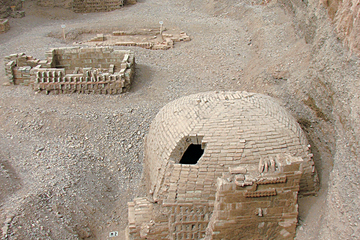
© Chinese Cultural RelicsA cemetery dating back around 1,700 years has been discovered in Kucha, a city in China.
A cemetery dating back roughly 1,700 years has been discovered along part of the Silk Road, a series of ancient trade routes that once connected China to the Roman Empire.
The cemetery was found in the city of Kucha, which is located in present-day northwest China. Ten tombs were excavated, seven of which turned out to be large brick structures.
One tomb, dubbed "M3," contained carvings of several mythical creatures, including four that represent different seasons and parts of the heavens: the White Tiger of the West, the Vermilion Bird of the South, the Black Turtle of the North and the Azure Dragon of the East.
The M3 tomb also "consists of a burial mound, ramp, sealed gate, tomb entrance, screen walls, passage, burial chamber and side chamber" the researchers wrote in a report published recently in the journal
Chinese Cultural Relics.
The cemetery was first found in July 2007 and was excavated by the Xinjiang Institute of Cultural Relics and Archaeology, with assistance from local authorities. The research team, led by Zhiyong Yu, director of the Xinjiang Archaeological Institute, published the findings in Chinese in the journal
Wenwu. The article was recently translated into English and published in the journal
Chinese Cultural Relics.
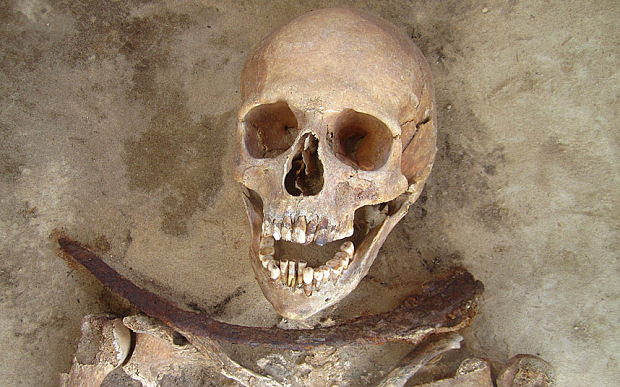
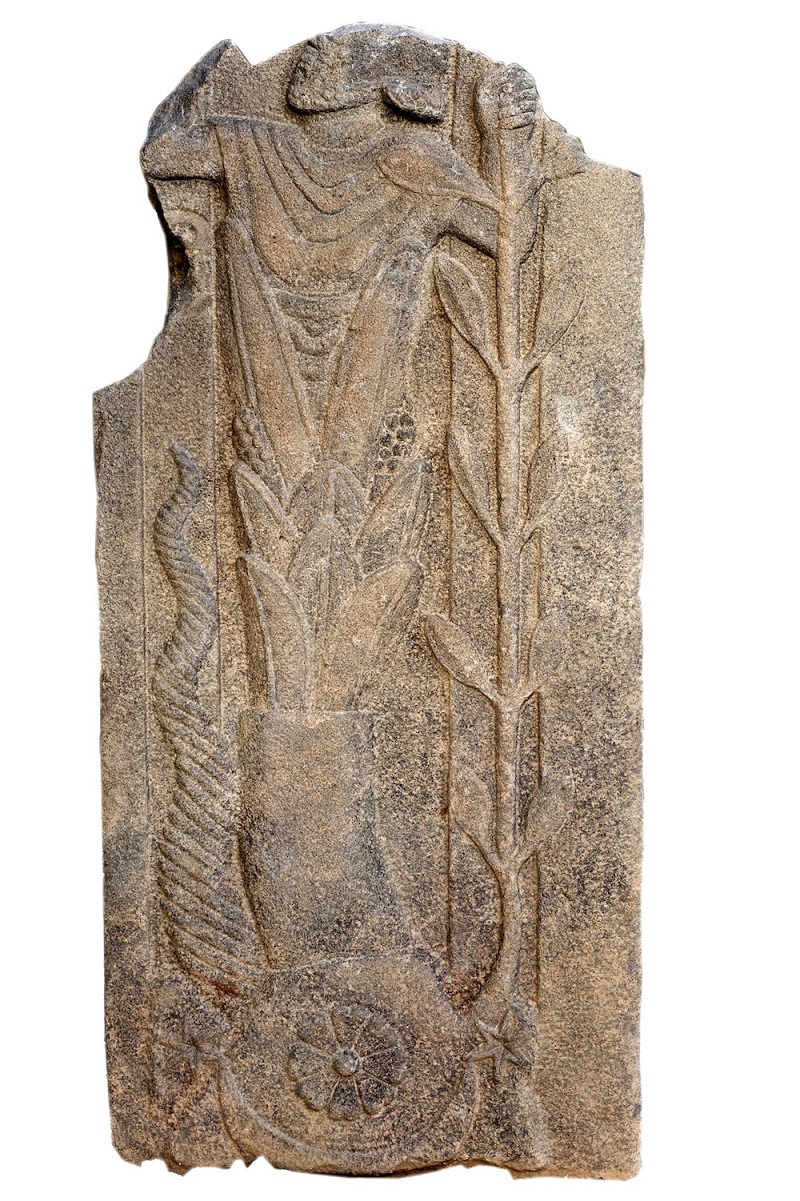

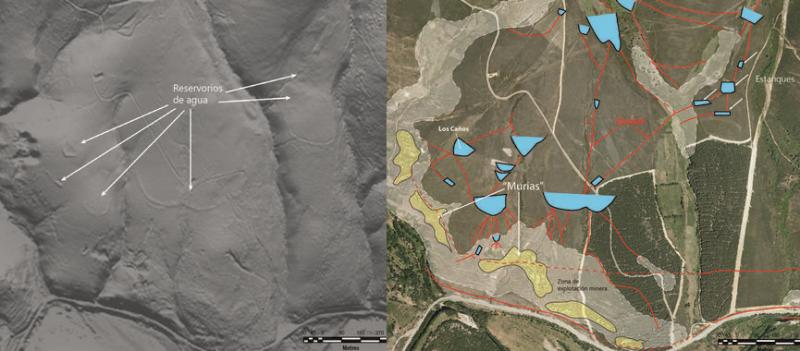
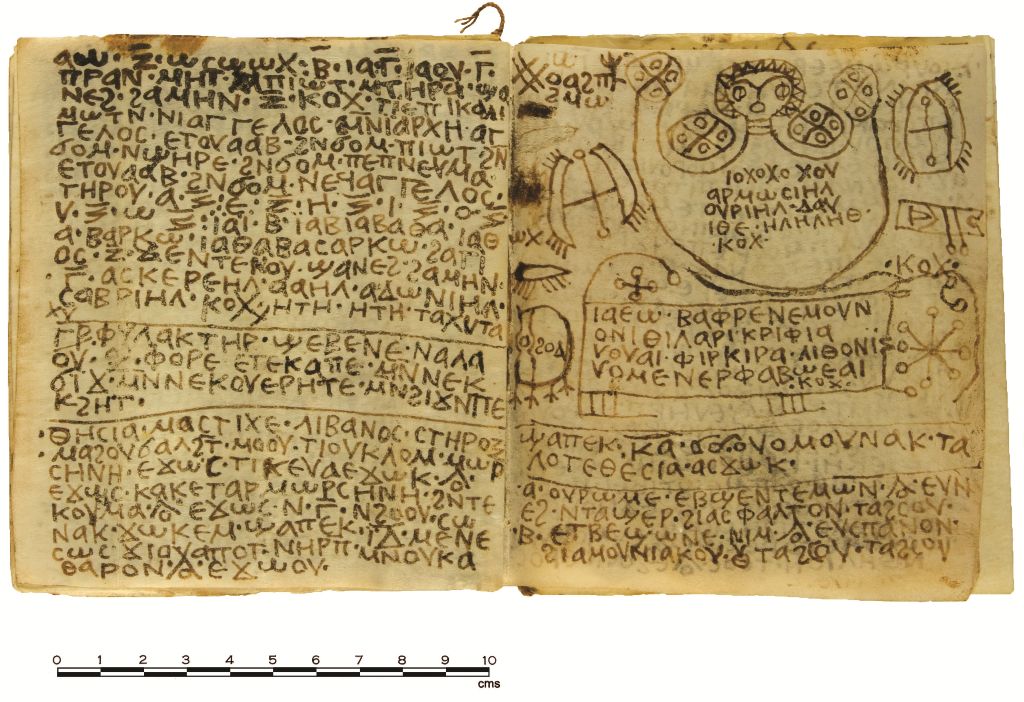
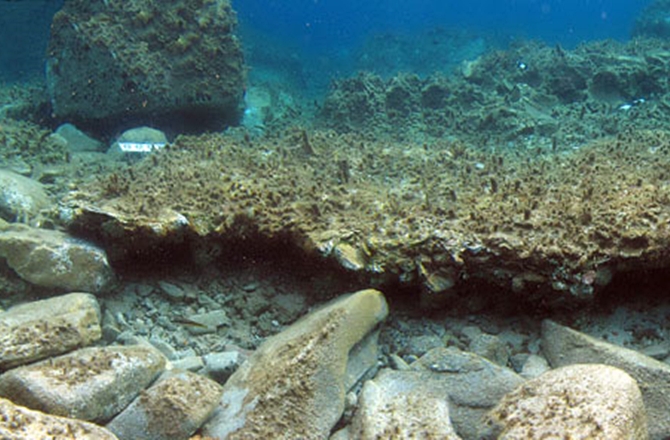
Comment: For more on the sordid history of Thanksgiving see:
Lest we forget: The genocidal roots of Thanksgiving
Cooking the History Books: The Thanksgiving Massacre
American Thanksgiving: A pure glorification of racist barbarity